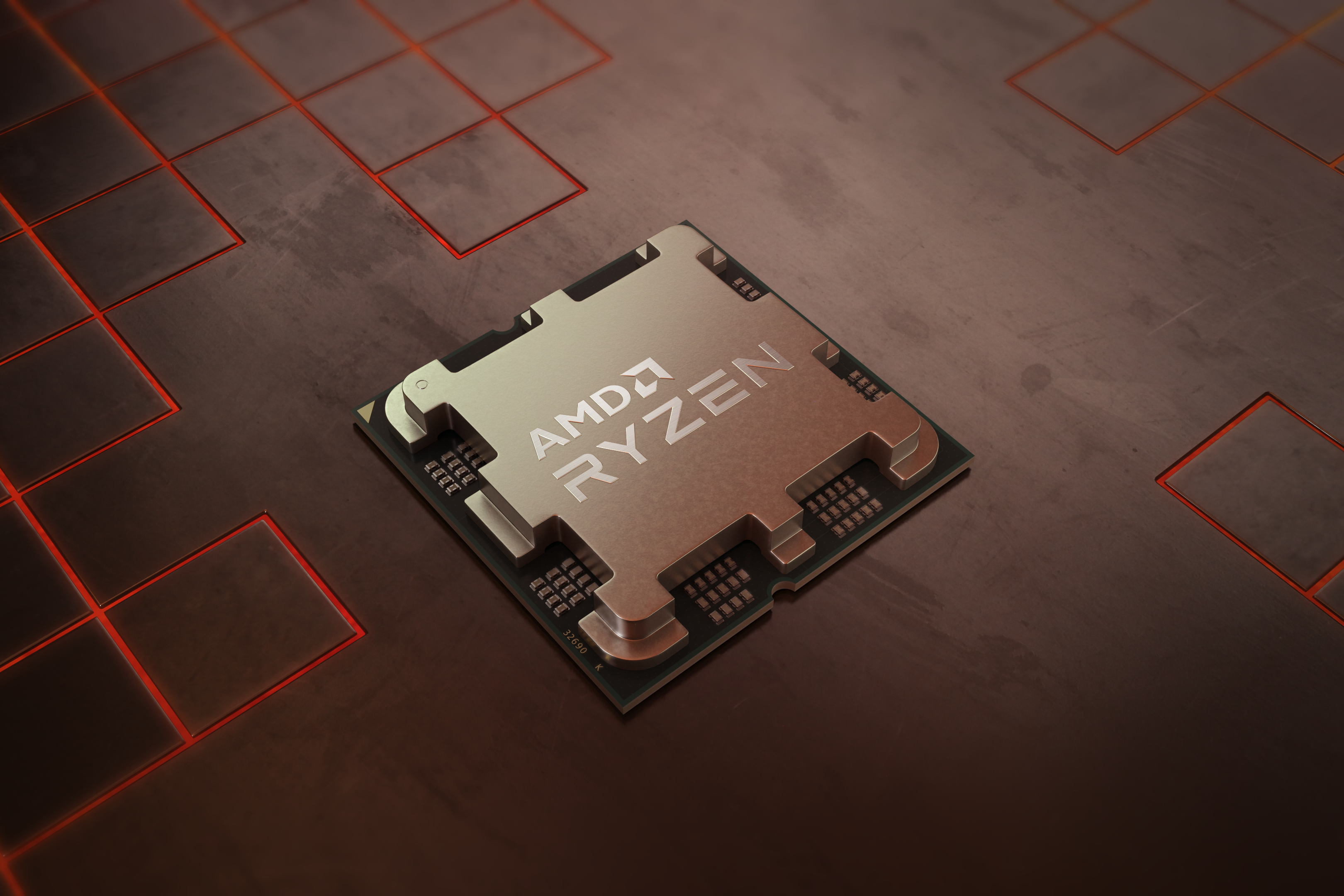The Evolution and Future Potential of CPU Architecture
Why we don't have 128-bit CPUs 🔗

The text discusses the evolution of CPU architecture from 1-bit to 64-bit, and why 128-bit CPUs do not currently exist. It explains the significance of bits in computing, the exponential growth in capacity with increasing bit sizes, and the lack of demand for a 128-bit hardware-software ecosystem. The text also touches on potential future scenarios for 128-bit CPUs, highlighting that while it's not a current reality, the door is not entirely closed for their development.
- "Bit" is a fundamental unit of information in computing, representing either '0' or '1', and plays a crucial role in CPU architecture.
- The size of memory addresses that a CPU can handle is determined by its bit-width, with 64-bit CPUs being able to address 16 exabytes of memory.
- The transition from 1-bit to 64-bit CPUs led to significant improvements in computing capabilities, but there is currently no demand for 128-bit CPUs.
- The text explores potential use cases for 128-bit CPUs, such as IPv6 addresses and file systems like ZFS, but concludes that these tasks can be handled on 64-bit hardware.
- While 128-bit CPUs are not a current reality, the RISC-V ISA specification leaves the possibility open for a future 128-bit architecture, indicating that it may not be entirely off the table.